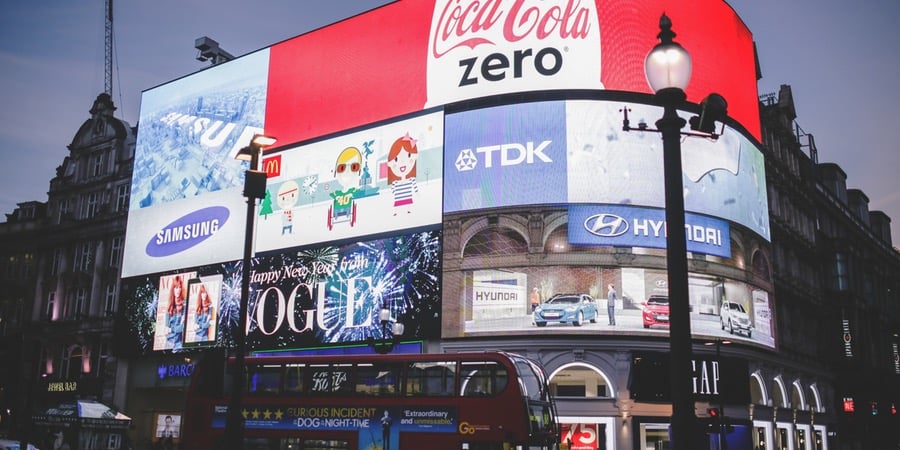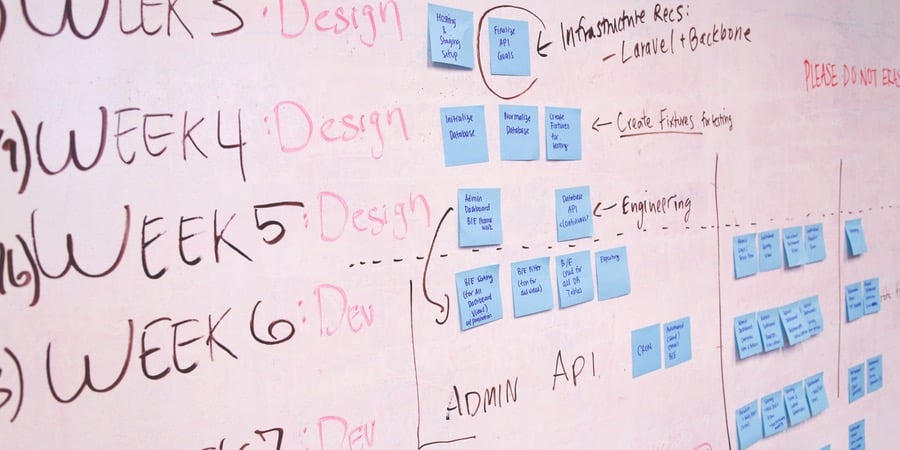Why Content Marketing Isn’t as Difficult as You Think
Content marketing is remarkably popular, and rightly so. There’s a certain allure to developing and producing engaging content for your customers. Not just interesting content they might like to entertain themselves with, either, but useful content that gives something back. Things like how-to articles, tutorials and online guides.
Content Marketing 101: The Must-Know Essentials
How to Attract the First 1000 Visitors to My New Website
Improve Your Writing with Our New E-book
Did you know that 94% of small businesses, 93% of B2B companies and 77% of B2C companies use some form of content marketing? That should tell you nearly everyone is focused on this type of marketing and investing time and resources into it.
But despite all this, the Content Marketing Institute found only 6% of B2B marketers — based on polling from 2016 — believe their content marketing efforts are “very effective” for their brand. In other words, many of them believe their efforts are all for nought. That would lend credence to the misconception that content marketing is a difficult medium.

But that's not necessarily true. We’re going to take a look at some reasons why a content marketing campaign or strategy might fail, which should tell you why the medium is not actually as difficult as you may believe it to be.
1. You Must Understand Your Audience

One of the most egregious errors in content marketing — or any type of marketing, really — is producing materials and kickstarting a campaign before you truly understand your audience. If you don’t know who you’re marketing to or what they want, you’re going to fall flat on your face.
This is because everyone responds differently to content and marketing, based on a series of attributes like age, gender, social class and preferences. For instance, someone who’s interested in sports probably won’t be impressed by a marketing campaign tailored to gamers or technology lovers, and vice versa. Just like someone older isn’t going to respond the same to a campaign adapted for younger audiences.

Before you do any type of marketing, you must be able to correctly identify your audience's demographic, core interests, turn-offs, reasons for consuming content or products and even why they would buy from you as opposed to rivals. This can all be discovered through proper analytics and metrics tools.
2. You’re Just Not Producing Good Content

You’ve probably heard the saying many times before that “content is king,” especially when it comes to SEO. There’s another saying that means the same thing, essentially. The phrase is “10x content,” and it was originally used by Rand Fishkin. Hopefully, you’re familiar with him or at least the phrase.
The point is that your content needs to be more than just “better” — it needs to be engaging and unique. As Fishkin’s saying goes, your content needs to be “ten times” better than anything else that’s out there. Then, and only then, will your customers flock to your platform to consume it and share it with friends, family and colleagues?
There’s so much free content available on the internet today! You need to create something that stands out from all the noise.
3. There Are No Visual Rewards

People love visual content — it's why the most popular social networks prioritise visual media like images, videos and more. Your content absolutely must include some form of visual reward. Think of it as the dessert of a meal. When you finish the main course, what’s next? You often look forward to a dessert, right? Visual content is that dessert. It complements your main course, or content, really well.

But it’s not just about the “what” and “how” of the visual content you’re sharing — it’s also about the quality and presentation. Are you using image resolution best practices? Are the images clear and in focus? Are they even relevant to the content and theme of your article? Are they too big or too small for the space they inhabit?
These visual elements matter just as much as the text and conventional content you’re producing.
4. You’re Not Promoting Your Content

You could have the best article ever written published on your platform, but it wouldn't make a lick of difference if no one has any clue it exists, or where to find it. After you’ve created content and published it, you need to devote a good chunk of your time to promoting it across various channels.
Derek Halpern of Social Triggers recommends spending 80% of your total time on promoting content, while the other 20% is devoted to the development of it. You should be spending as much time, if not more, sharing and promoting your content to the world.
5. Your Titles Suck

Ever heard of click bait? It’s the act of intentionally beefing up or sensationalising a title to drive traffic to your blog or site. It’s so popular because it works. One of the most shared domains on Facebook back in 2013 was Upworthy, a site that almost exclusively publishes clickbaity content.
Does that mean you should copy this format? Absolutely not. Eventually, readers will catch on and avoid clickbait-type headlines. But you can learn from them, which means sprucing up your titles to make them more interesting.
If your titles are bland or non-descriptive, no one is going to be interested in the content below it.
5. You’re Too Infrequent

Most newspapers and magazines have a pre-determined release schedule. Why? It’s a discernible pattern people can latch onto. Couponers know that every Sunday they can grab a paper and sort through it for some great deals.
The same must be true of your content schedule. You need to remain consistent and loyal to your audience. If they know you always publish content on a certain day of the week, they’ll return to see your new stuff, provided they like it. If they miss your schedule, they always know something new will be waiting for them, so they’ll visit when they have time.
If you’re too inconsistent and unreliable, however, they might spend their time elsewhere on a platform or site where they know they can find fresh and engaging content. The concept is simple, really, so stick to your guns.
7. Your Content Is Difficult to Share

There’s a science behind making your content more shareable. It's not just about the content or snippets of information within — it's also about how simple and easy it is to show others. For instance, do you have sharing buttons on your business site that allow people to quickly share to the most popular social networks? Are those social sharing buttons accessible? More importantly, do they work exactly as users expect?
You must canvas your site and content to ensure it’s “shareable” for your audience.
8. You Don’t Heed Your Successes and Failures

No one is perfect, just like no piece of content or marketing campaign will ever be perfect. There will always be pros and cons about every campaign, including ways it didn’t work or missed its mark. But you cannot learn from any of this if you’re not taking the time to measure it. Most importantly, you must constantly assess your progress and apply it to future endeavours.
Use tools to measure the ROI of your content. Did your audience resonate with your latest publication? Did they share it more or less than usual? Not only that, but why did these things happen? What did you change or do differently from previous times? How can you leverage that to make the future content better and more engaging?
Related Posts
- 10 Best WordPress Plugins to Make Your Content Marketing Victorious
- Using Trends to Hack Your Content Marketing Strategy
- 8 Wrong Content Marketing Beliefs That Are Holding You Back
- Manage the Workflow to Supercharge Your Content Marketing
- 6 Ways to Incorporate Virtual Reality Into Your Content Marketing Plan
- Infographic Icons to Spice Up Your Infographic Presentation

Get more to your email
Subscribe to our newsletter and access exclusive content and offers available only to MonsterPost subscribers.


Leave a Reply
You must be logged in to post a comment.